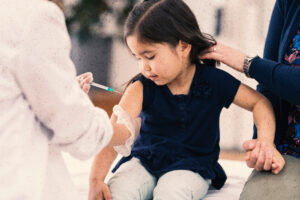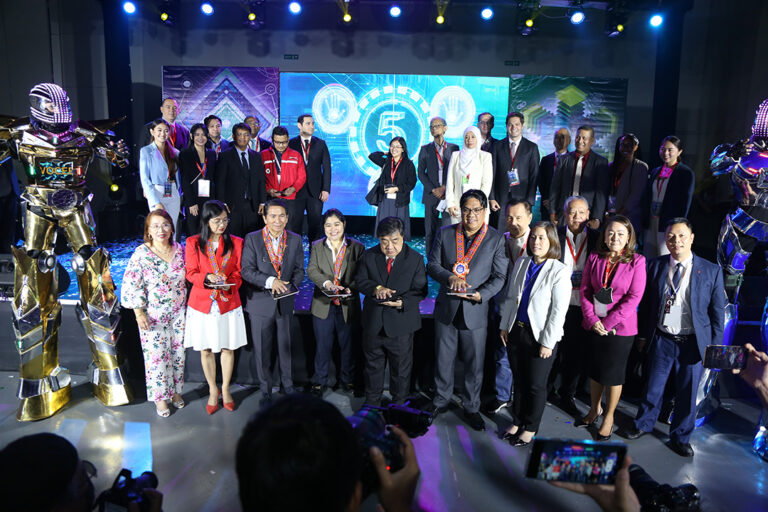By: Virgilio C. Ventura
When it comes to the healing practices of indigenous peoples (IPs), there is often a lot of skepticism from within the scientific community. This is largely because these practices are often seen as unscientific and unsupported by evidence. However, there is evidence that these traditional practices may be effective in treating a variety of health conditions. Some of the conditions that have been studied include diabetes, depression, anxiety, high blood pressure and chronic pain.
The search for effective treatments for many health conditions has led many people to turn to alternative therapies such as yoga, meditation, and acupuncture. These treatments are often associated with positive health benefits; however, they may not produce the same results for everyone. For this reason, some doctors may recommend that these treatments be used to complement conventional medical treatments such as medication or surgery in what is known as the integrative medicine approach. Studies have shown that combining conventional medical treatments with complementary therapies can improve the outcomes for some patients. A most positive move towards integration is the current trend of “around 40% of patients with cancer in some Western countries to over 80% of patients in some Asian countries use traditional, complementary, and alternative medicine (TCAM)”.1/
Traditional healing practices of IPs likewise often involve the use of plants and herbs for medicinal purposes. Many indigenous cultures have a deep understanding of the healing properties of different plants and have used them for centuries to treat a wide range of illnesses

In a complex mix of identity, agency, and representation themes in the narratives of Aeta women healers in the province of Bataan, Philippines, the continuing struggle to reclaim their position as key players in the production of knowledge in the academy and at the local, national, and global public health levels is an inspiring reality. Aeta women healers neither ignore nor compete with the public health healing system but they work based on their own worldview. What they find repugnant is the monopolistic public health claim of being the dominant player in curing diseases. This perspective is traced to the Spanish colonial period of healing that presents their cultural practices as the best of life for the indigenous people of the Philippine islands. Presently, Aeta women healers are informing us that we should see knowledge not from one but multiple dimensions of interactions and consequences to alter our perspective or paradigms.2/

“The IPs’ right to health is critical to the enjoyment of other human rights like the rights to food, education, and work. However, unless the State observes its human rights obligations and demonstrates the political will to address structural, financial, geographic, and cultural barriers which make it difficult for IPs to access basic health services, human rights violations will persist among the ranks of the IPs, and they will continue to be discriminated and marginalized in mainstream Philippine society.”3/


While folklore cannot be a substitute for history and literature, it can add valuable knowledge about the culture of people that a historian cannot accomplished. Maria Cristal Nual Velez’s (2021) study on folk healing narratives highlights how present-day shared meanings of the Magarao Bicolanos’ folk healing beliefs and practices can be read in their Bikol literature and thus comprising a shared reality for both patients and healers.4/
Medical science is now beginning to validate the effectiveness of these traditional practices. For example, research has shown that certain plants used by indigenous people to treat conditions such as inflammation, pain, and cancer.
In conclusion, indigenous people’s healing practices have been passed down for generations and have been found to be effective in treating a wide range of physical and mental health conditions. As such, it is important that we acknowledge and respect the wisdom of these traditional practices and continue to study them to fully understand their potential benefits under a more democratic environment that respects and protects their sacred human rights. END
NOTES:









